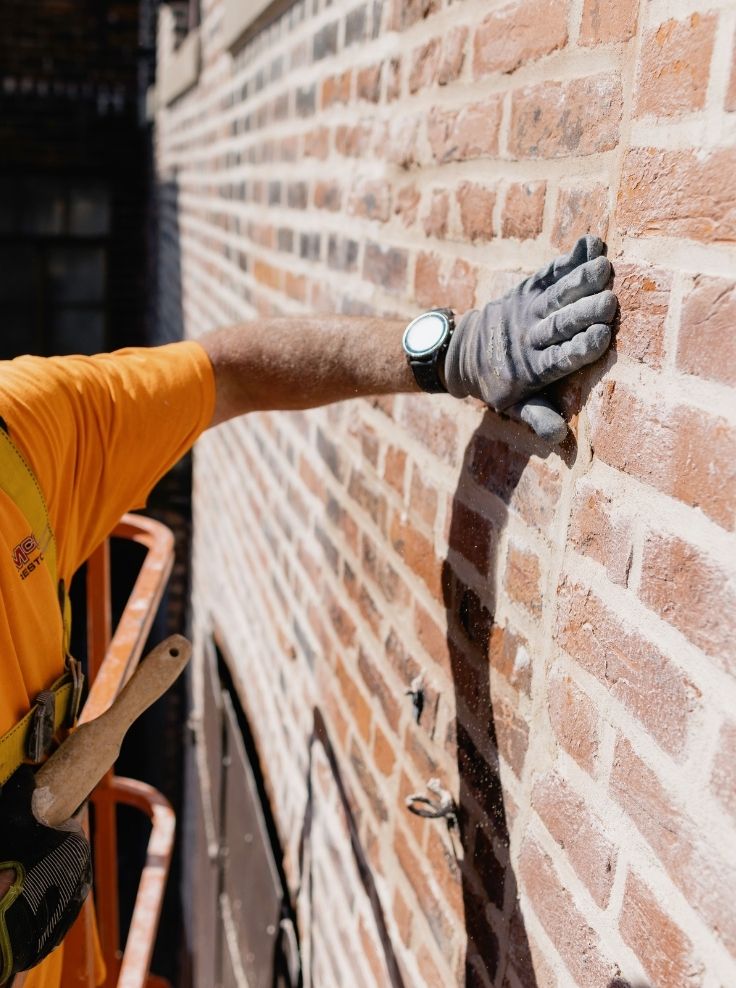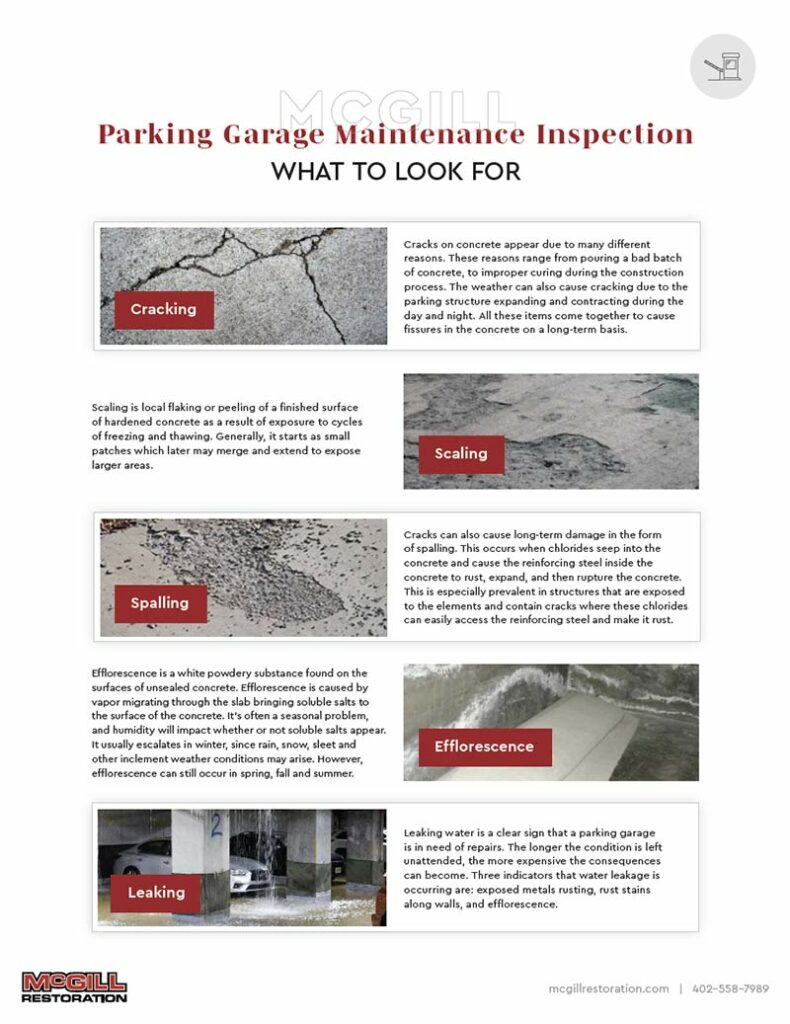Dig into the potential pitfalls that can make historical building restoration more challenging than expected.
No matter what a building’s intended purpose is — a church, a hotel, a school — they’re all built with one overarching goal: to stand the test of time. There are historical buildings around the world that are still standing after hundreds of years, and while their existence is a true testament to the importance of good craftsmanship, they also show how crucial careful preservation efforts are. Good building preservation can extend the life of a structure exponentially, but poor preservation efforts can end up doing more harm than good. Let’s take a look at some of the potential pitfalls that arise from poor preservation.
Damage caused by modern materials
The materials used to construct historical buildings are simply different than those we use today. Back then, builders used more durable natural materials like stone, wood, or brick, as opposed to today’s synthetic or precasted/premade materials. If you’re hoping to stay true to the original design, you’d need to use the same or similar materials to repair rather than using modern building materials, as trying to mix in newer materials could compromise the integrity of the original structure.
Also worth considering is that historical buildings have faced decades of wear and tear due to weather, debris, and other factors that contribute to degraded structural integrity. That compromised integrity means historical buildings are more susceptible to potentially irreparable damage caused by using modern tools like scrapers or pressure washers. If you use the wrong tool in your preservation efforts — say, a power saw on old wood rather than a hand saw — you may end up damaging materials that simply can’t be replaced. All tools must be used carefully and with the age and condition of the structure in mind.
Quick fixes for serious problems
A historical building’s age may incorrectly lead you to assume that it’s sturdier and more structurally sound than it actually is. As such, it can be easy to overlook a seemingly small problem like a crack in the foundation simply because it’s been there for years with no adverse effects. Or it may be tempting to do a quick-fix patch job and assume that it will hold; however, a temporary approach will lead to a temporary repair, meaning this approach can easily lead to bigger problems down the road — problems that may be impossible to repair. When it comes to historical buildings, it’s best to find the root of the problem and correctly solve the issue behind the deterioration rather than the aesthetics. Always treat small problems with the same amount of care as you would a big problem.
Some common issues to watch for:
- Crumbling brick
- Deteriorated mortar joints
- Stone spalling or separation
- Rust showing on building surface
- Failed sealant joints
- Cracks in walls, floors, or masonry
Incorporating modern elements
It can’t be said enough: Materials and design elements used in historical buildings are simply different from modern elements, and as such, adding modern materials could compromise a historical building from both a structural and an aesthetic perspective. For example, think of the wide variety of building types in Manhattan in NYC. Aside from being one of the most expensive places to rent or buy real estate, the City is ripe with historical brick and stone buildings that have stood for more than a century, intermixed with modern glass and steel buildings like One World Trade Center. While both types can co-exist peacefully, it’s also best not to mix mediums or add modern features like antennas or communication towers to older buildings that may not be able to sustain them without irreparable damage.
Some exceptions exist, of course; it’s possible to replace an original elevator system with a modern one, for example. But each addition must be carefully weighed, analyzed, and planned out before any action is taken to ensure the building can withstand the change. Keep in mind that once damage is done to a historical building, it becomes even harder to repair.
Navigating building codes
The realm of real estate rehabilitation can be a tricky one to navigate, with plenty of red tape, financial budgets, and guidelines to work through. In between all of that, there are building codes that are constantly evolving. Building codes are put into place to regulate the design of buildings with the goal of ensuring safety and structural integrity in newer constructions. However, there’s often confusing overlap between building codes, or some codes that could cause damage to historical buildings if applied the same way they would be to a modern building. As a property owner, it’s your responsibility to find ways to navigate these codes while ensuring that your historical building stays safe.
Here are some actions you can take:
- Educate your local government about the special circumstances around historical buildings
- Use creative ways to meet certain standards without harming the building
- Network with other property owners for advice
- Do your research on what building codes are in place and how they affect your building
Above all, it’s best to partner with a professional for any major repairs to your historical building. Given all of the challenges inherent in historical building repair, partnering with a professional you trust is a great way to sidestep these common pitfalls and preserve your building without breaking the bank.
McGill Restoration can help
If you’re worried your commercial structure or multi-family building may be showing signs of damage, it’s time to call in the professionals. For years, McGill Restoration has been a leader in concrete repair, masonry, restoration, and construction. There’s no job too big or too small for our experts, whether it’s working on a parking facility or a corporate building — we’ve got your construction needs covered. Call or email us today to talk about your needs and get an accurate bid.



